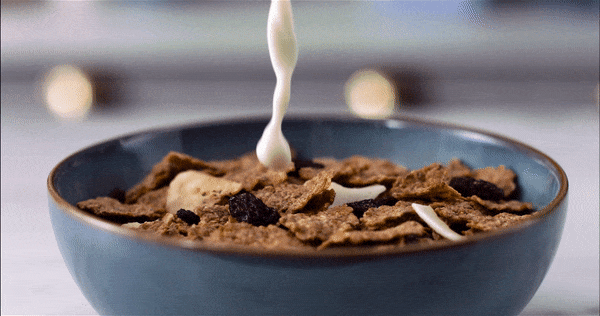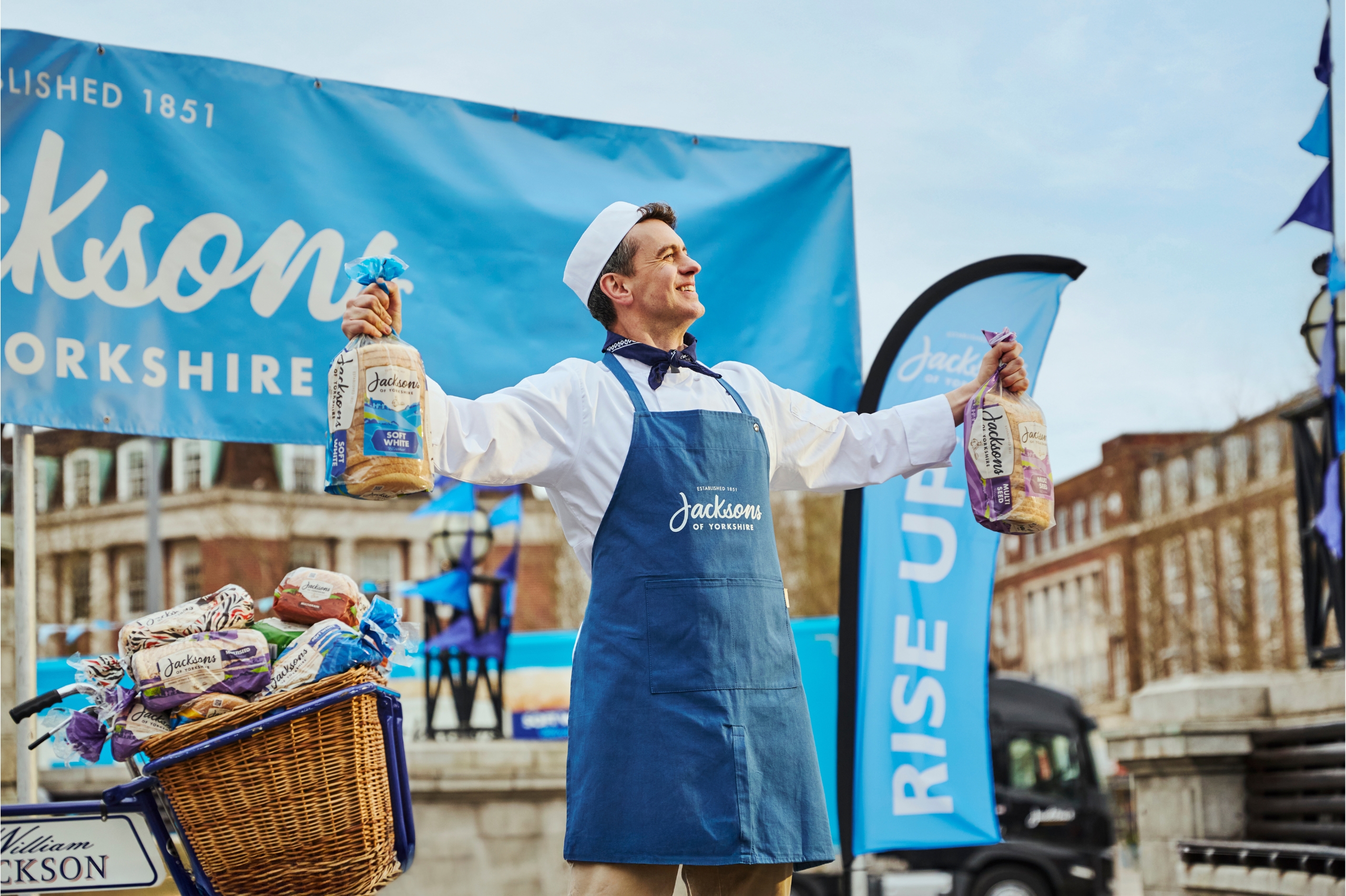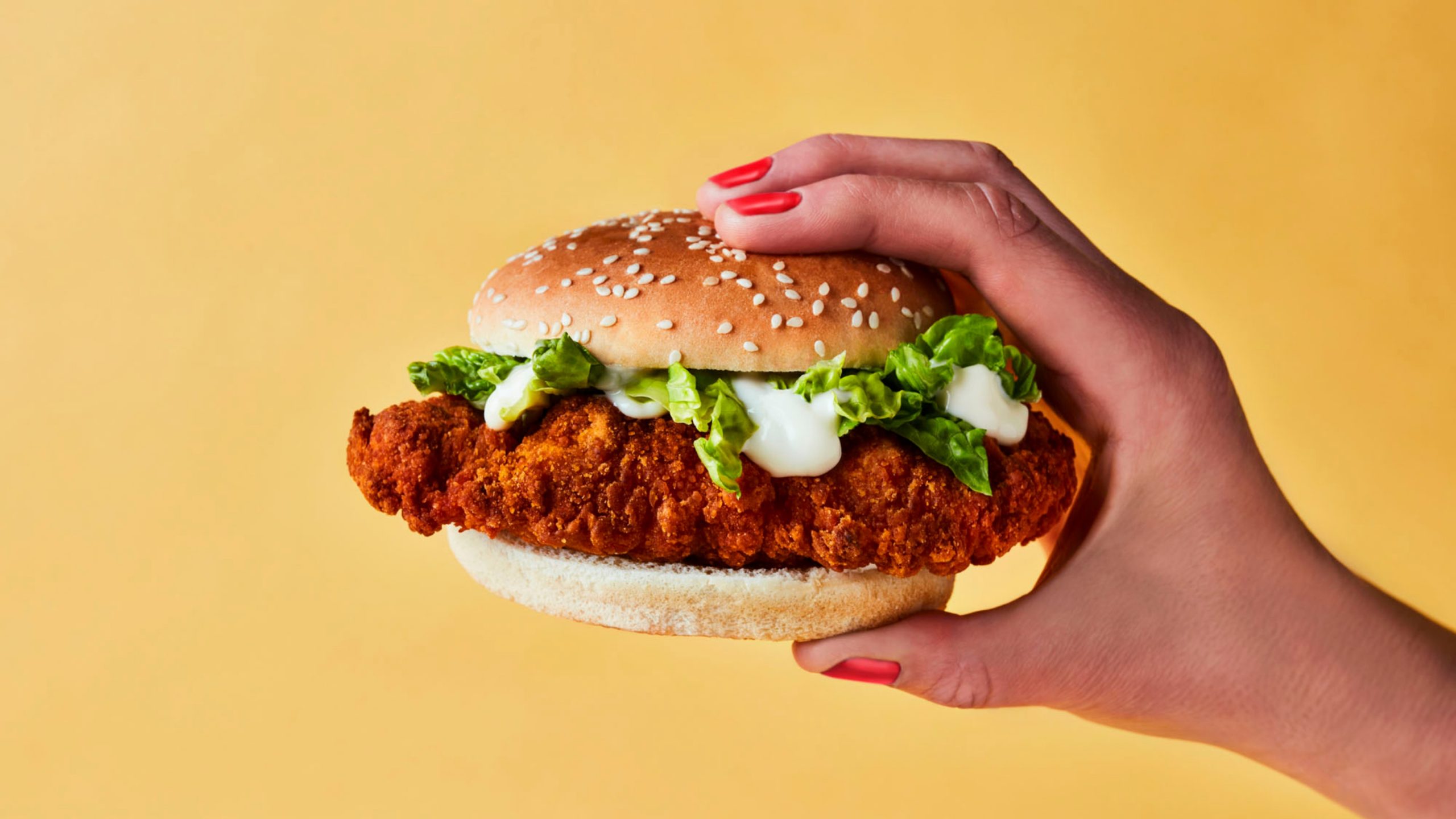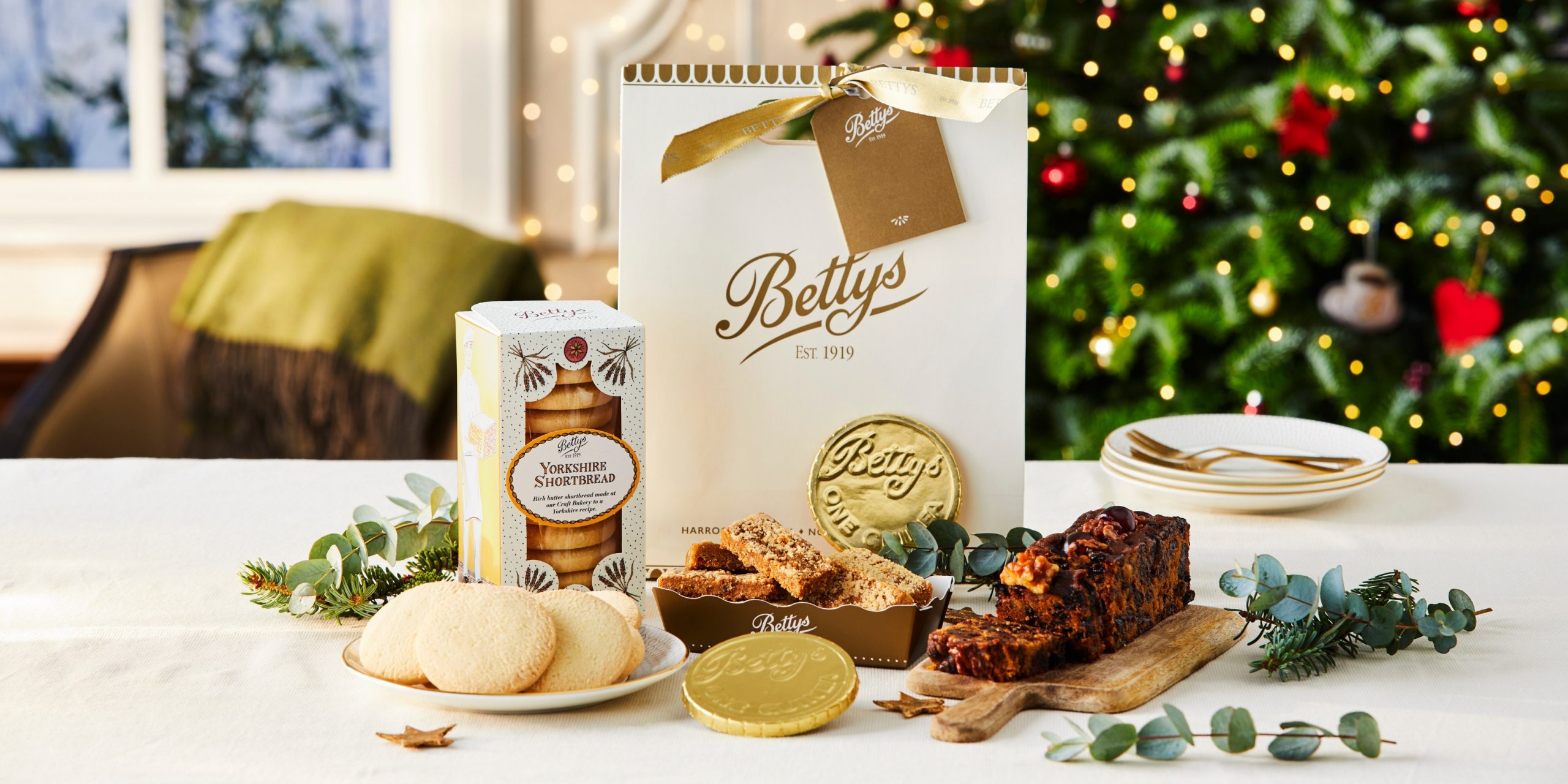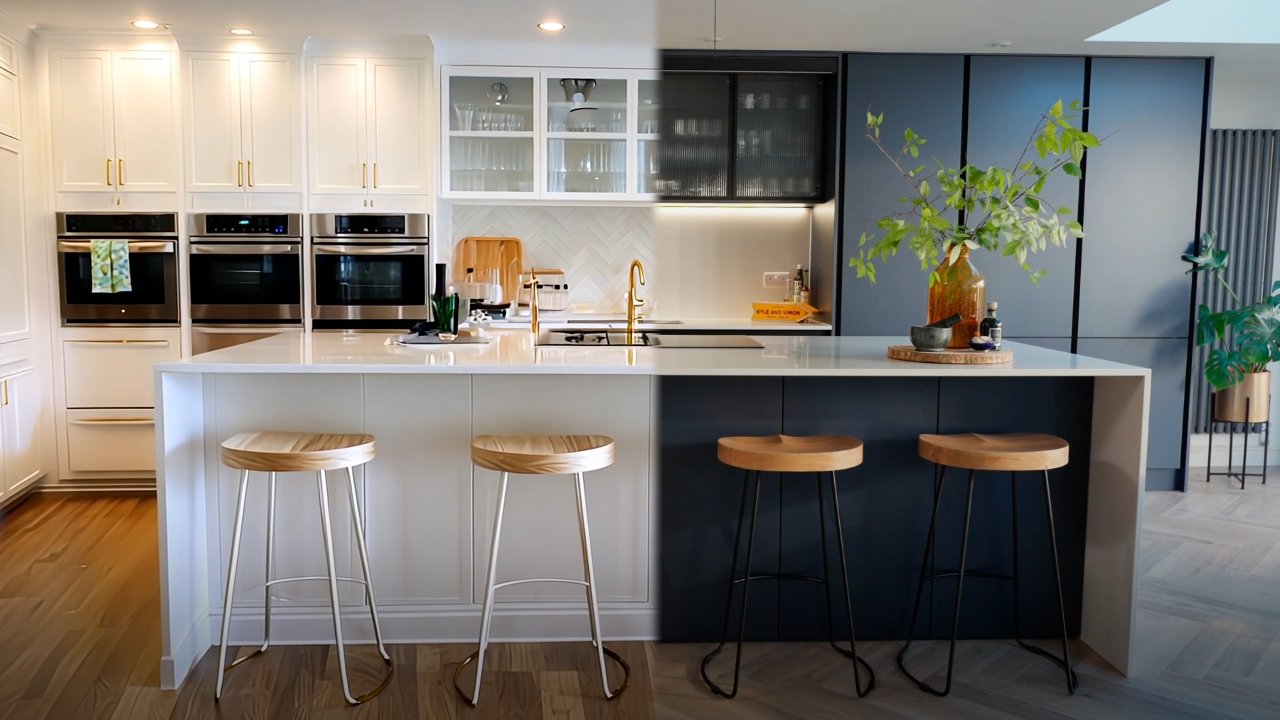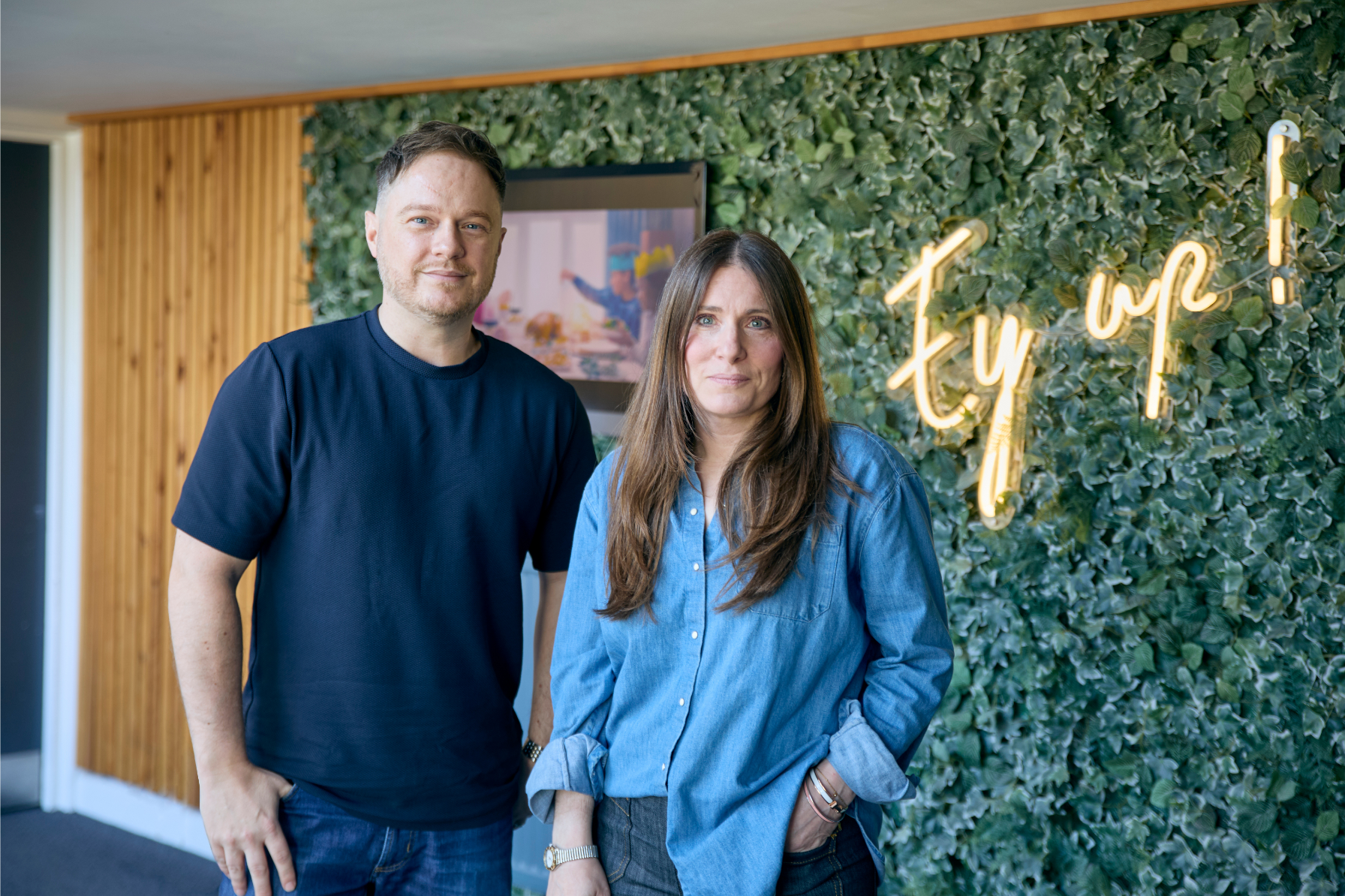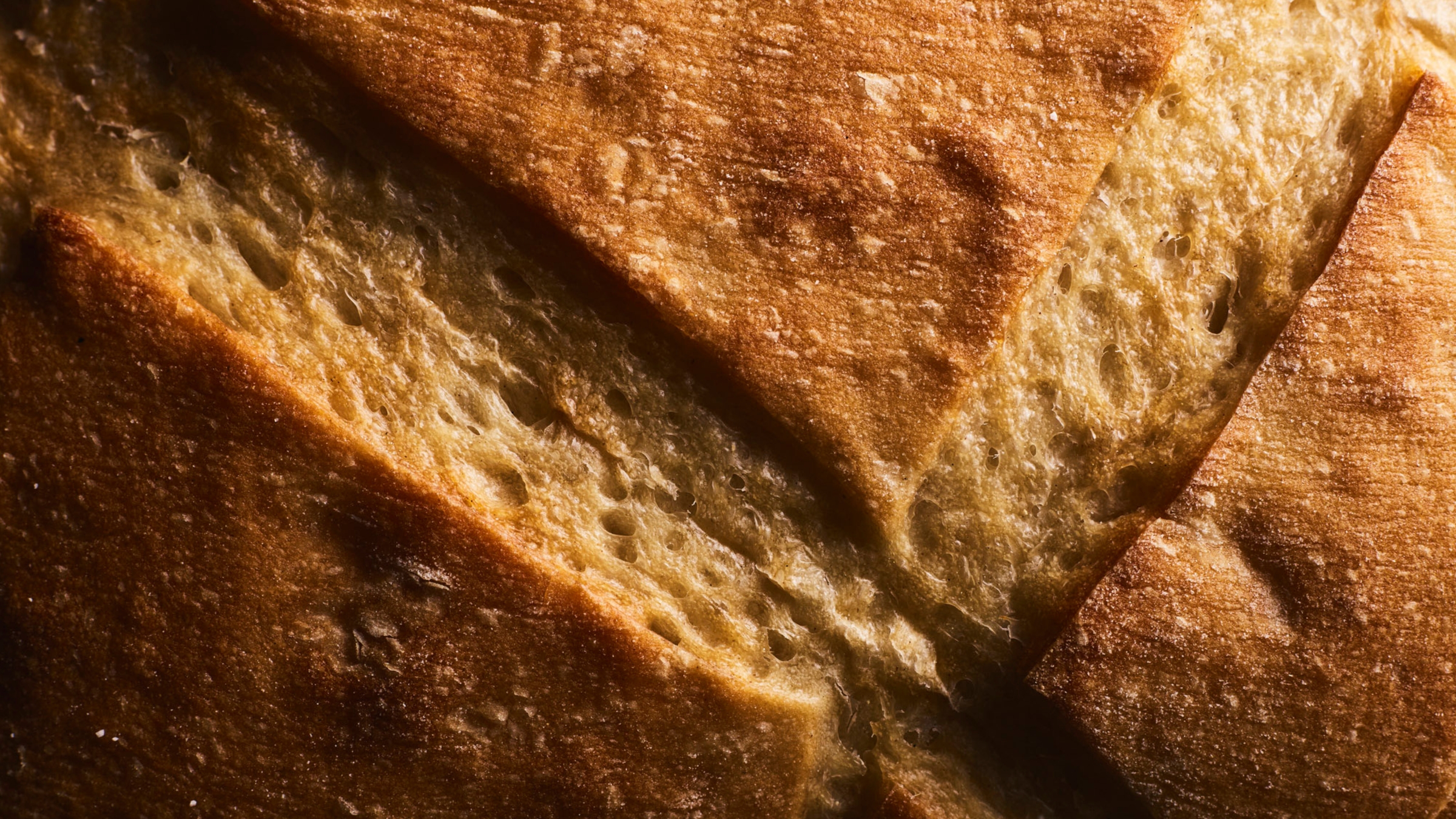An introduction to slow motion
The world is awash with content. Our short attention spans and ever-increasing consumer options, making content ‘standing out’ in digital space is extremely difficult. Now more than ever, brands need to cut through the noise with visual content that combines effective strategy with engaging creative.
Capturing content in slow motion gives us the power to explore a whole new perspective. Slow motion has a dynamic way of inferring emotion and intent – with the ability to see every little piece of enticing detail through the subject’s journey through the frame.
About this post
Published
Author
August 31, 2022
Maite Gonzalez
What is slow motion?
Slow motion (or slow mo) in videography is when the action of a subject is captured at a higher frame rate than its played back.
By increasing the number of frames captured in a scene, we can slow this playback down to experience even more of the subject’s journey, bringing a whole new perspective to movement and interaction.
What’s the appeal of super slow-motion video?
Our eyes (and mind) process visuals at a specific rate, the eye doesn’t really take in anything beyond this pace. The beauty of slow motion means we can see what happens beyond this rate. These are all the events that would not have ever be seen, and that’s what makes this process so appealing.
We are literally playing in the ‘blink and you missed it’ zone – slow motion can be used to create tension in a scene, keeping the viewer on edge of their seat, or frozen with anticipation when waiting for the wine to drop into a glass or burger to taste the delicious sauce. The stretched time in these actions often mirror the internal processes of heightened emotional states, invoking an emotive reaction within the audience.
What does frames per second (FPS) mean?
Frames per second (or FPS) is the measurement of frequency at which consecutive images are captured. The standard FPS for video is 25 FPS.

When we increase the frames per second to 50 FPS, the camera captures twice as many frames in a second, and will take twice as long to play the same action. 100 FPS is 4 times slower than normal, 200 FPS is 8 times slower and so on…
What aspects need to be considered for slow motion content?
By increasing the number of frames we capture, we are then decreasing the amount of time taken for light to enter the lens, so if everything remains the same – the image will be under-exposed (darker). Typically, if you double the frame rate of any shot, this means you should be doubling the amount of light used to capture the subject.
High-speed video production requires specialist high-speed cameras, specialist continuous video lighting and technical know-how for precision.
Technical ability aside, this content is fundamentally different in production approach, and therefore brands need to ensure that any visual assets are considered with respect to your content strategy our production efficiencies. We call this ‘low touch’ production.
Shoot smart = more assets, more effective, more personal.
Using slow motion in food & drink
When it comes to food, what is it that makes slow motion so good?
Everybody knows what a droplet of coffee looks like. But a coffee droplet landing in slow motion creates a deliberate and impactful feeling for the user. Slow motion in food and drink content is about adding emotional intent to your visuals.
There are various techniques we love for capturing striking food and drink content, and various shot types that yield the most impactful results – Here are some of our favourites:

Falling through frame shot
This could be an abstract component shot, or a pour or spill shot. The falling shot is a great way of drawing attention to a motion of the subject and how the texture or consistency can be captured. Typically, the best frame rates are dependent on the mass and volume of the subject against the constant of gravity.
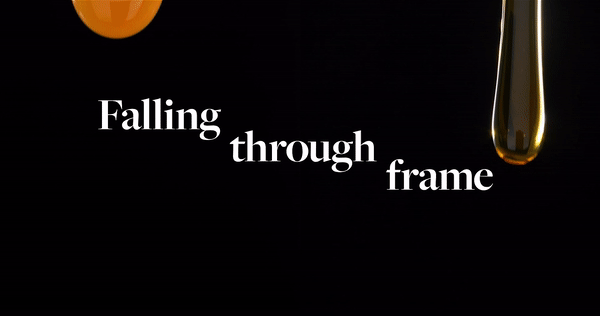
Collision shot
Collision shots are dynamic and action-packed, creating a visual fusion of flavours and ingredients. Whether we are looking at collisions in live action or CGI, we can create multiple impacts, velocities, and secondary reactions in every single beautiful action.
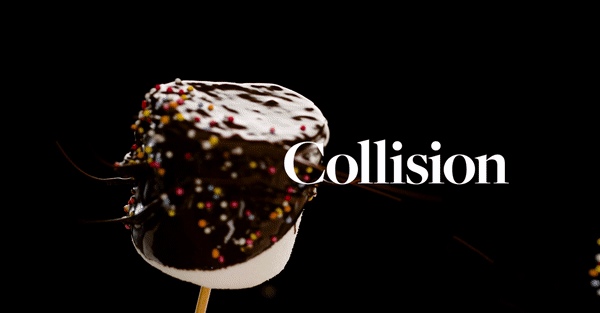
Rising up shot
The ‘Rising and Fall’ shot is a creative alternative to our typical falling or collision shots. Achieving this ramping of speed and weightlessness at the apex are far more achievable at lower frame rates with gravity’s support.
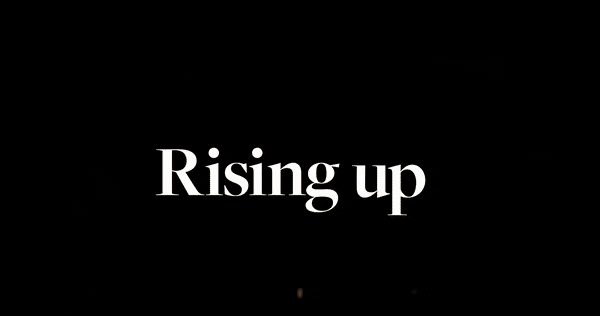
Surface impact shot
These are the moments that create life and personality in food photography – and capturing that at a higher frame rate allows that moment to last longer! As the name implies, this is a collision shot with any rigid body, with gorgeous detail caught in the “bounce”, showing succulence, juiciness, and viscosity.
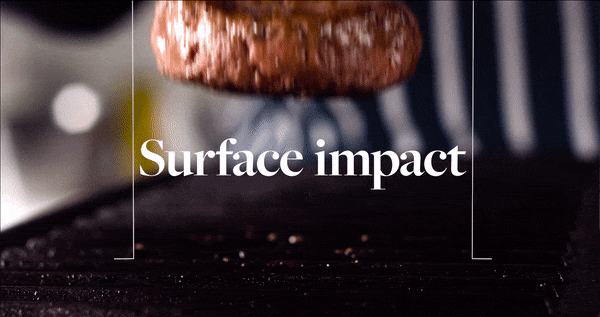
Liquid pour shot
The classic liquid pour shot. Liquids move and cascade in weird and wonderful ways. Whether you are shooting sauce on a burger or pouring whisky on the rocks it’s the energy of the impact that really gives the subject life.
